US Air Force Prepping for Historic Minotaur IV Rocket Launch in July (Photos)
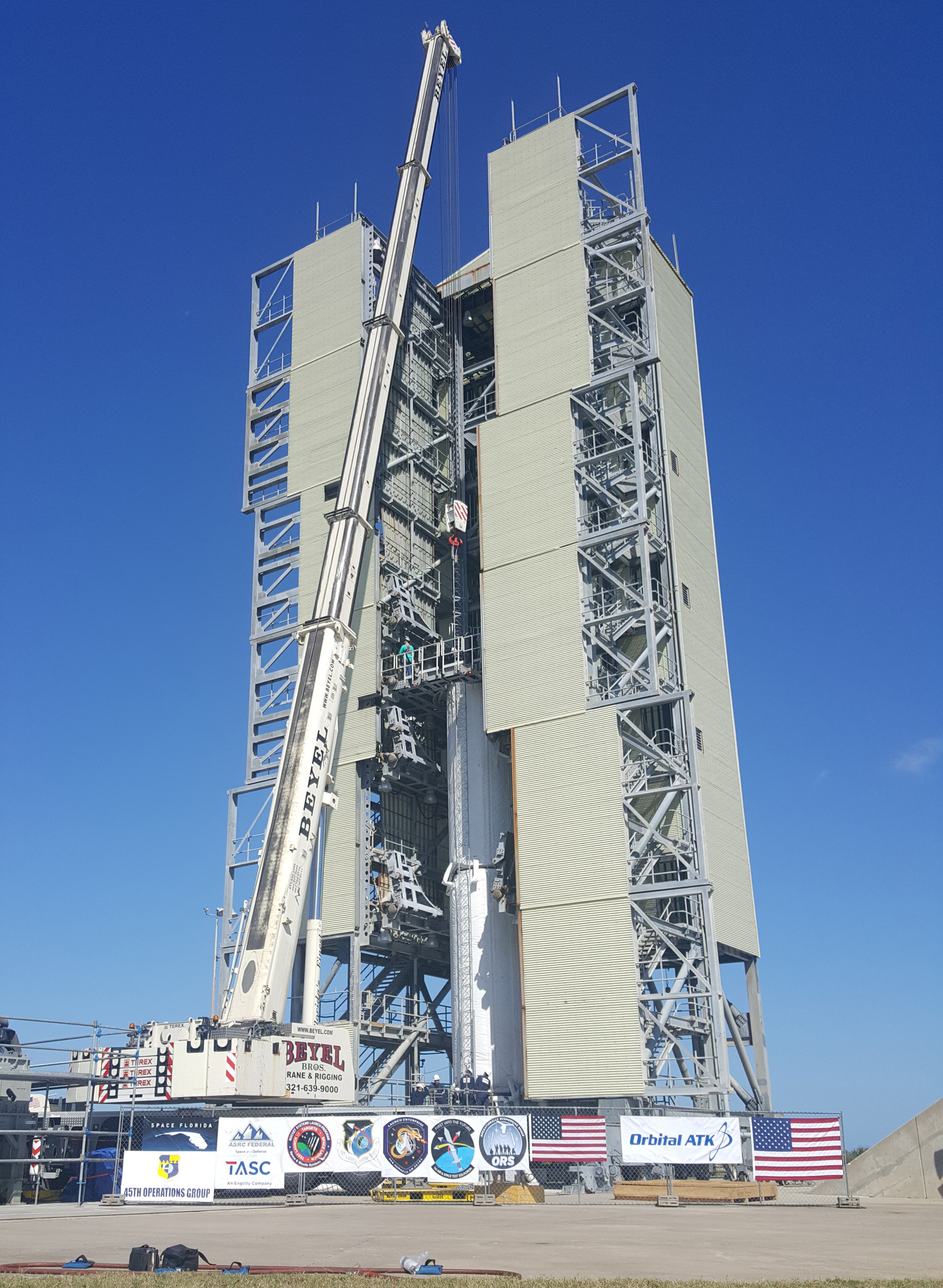
CAPE CANAVERAL, Fla. — Tucked inside a mobile service tower here at Cape Canaveral Air Force Station's Launch Complex 46 sits a trio of Peacekeeper missiles stacked on top of one another.
Wrapped in gleaming-white thermal blankets, the inert stages simulate the first three segments of a Minotaur IV rocket that will ferry an experimental satellite into orbit this summer.
Operated by Virginia-based aerospace company Orbital ATK, the solid-fueled Minotaur IV employs three decommissioned Peacekeeper intercontinental ballistic missiles to launch medium-size payloads into orbit. The rocket also incorporates fourth and fifth stages, both of which are powered by Orion 38 motors. Since 2000, the Minotaur rocket family has flown a total of 25 times, and from every U.S. launch site except Cape Canaveral. [How Intercontinental Ballistic Missiles Work (Infographic)]
On Sunday (Feb. 12), crews in hard hats worked to test stacking operations and the pad's new infrastructure ahead of the upcoming launch, which is currently scheduled for July 15. The U.S. Air Force mission, known as Operationally Responsive Space-5 (ORS-5), will mark the first time a Minotaur rocket has flown from Cape Canaveral.
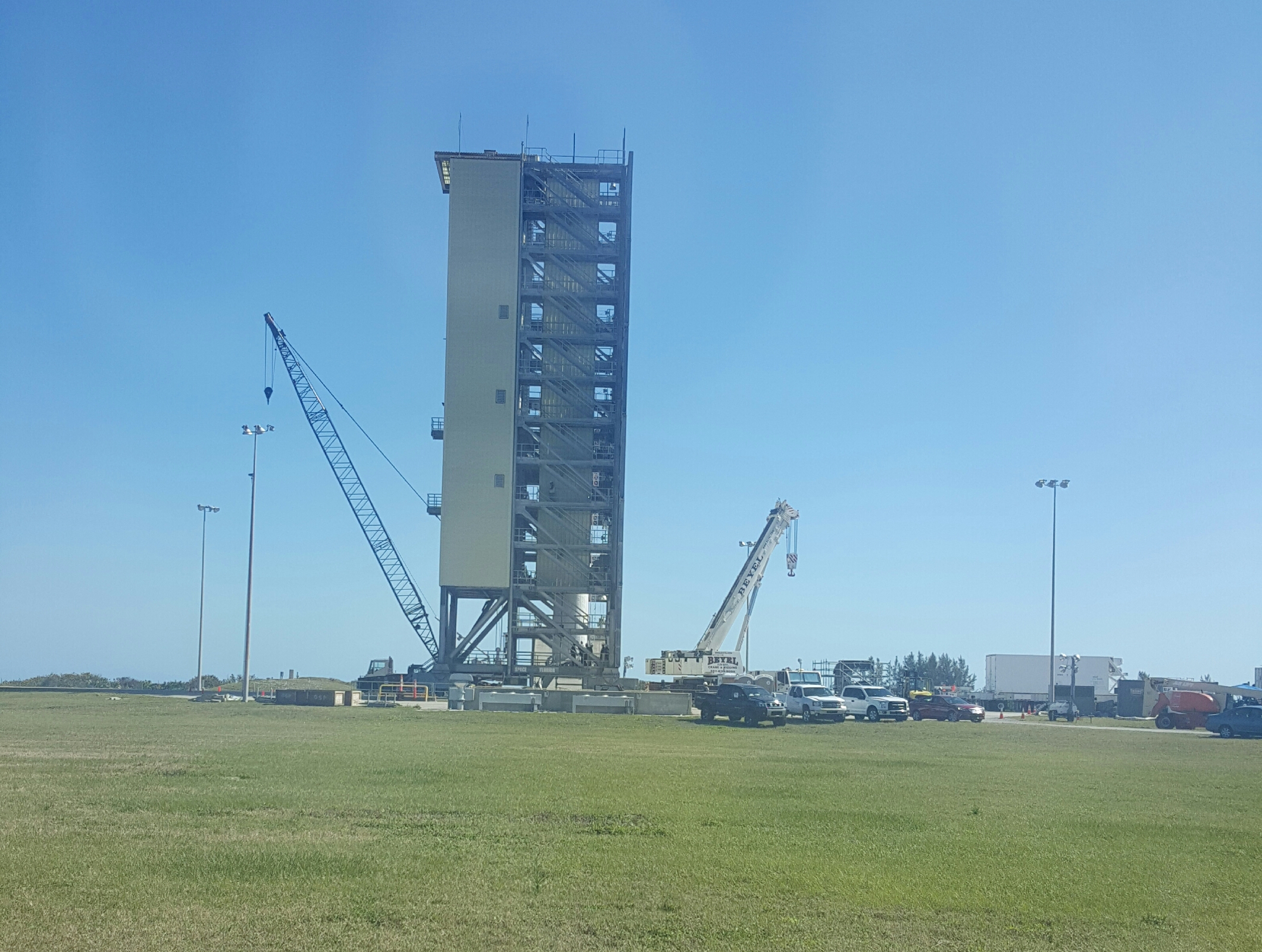
The test activity at Complex 46 also showcased upgrades to a pad, which has not been used for launches since 1999. Mark Bontrager — vice president of spaceport operations for Space Florida, a state-run organization that oversees commercial launch operations at the Cape — explained that the pad was sitting stagnant for nearly two decades.
"We're excited to see this thing come back to life this summer," he said.
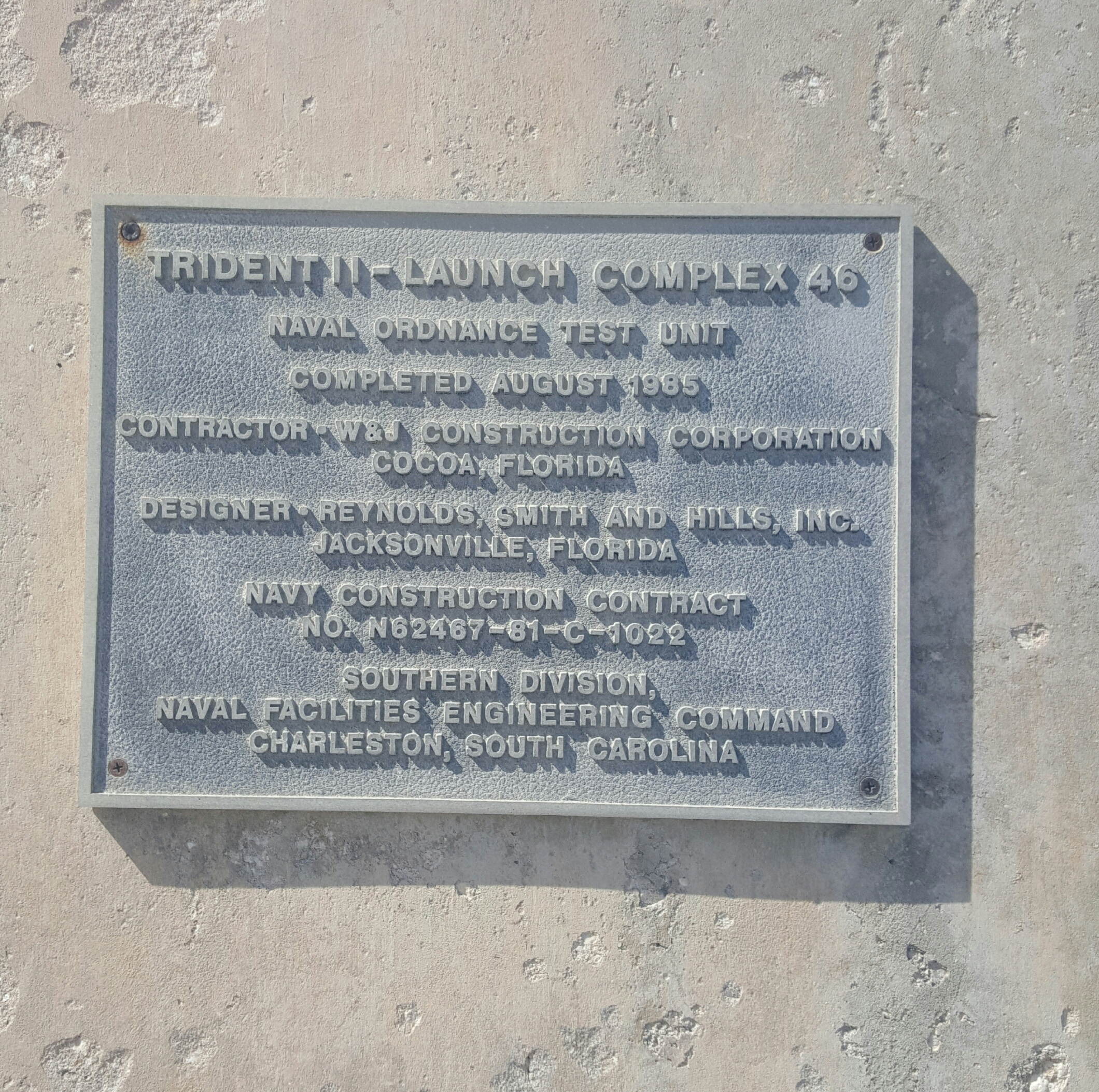
First constructed in the 1980s, Complex 46 was used by the U.S. Navy to test Trident missiles. After that, it hosted two Athena rocket launches — one in 1998 and one in 1999 — before being abandoned. Recently, the complex was given new life, as multiple grants totaling $4 million allowed Space Florida to oversee the necessary upgrades to the equipment and facilities.
Get the Space.com Newsletter
Breaking space news, the latest updates on rocket launches, skywatching events and more!
Orbital ATK representatives say the Cape finally got its chance to host a Minotaur launch because of the recent upgrades and the site's unique ability to support this particular launch. The ORS-5 mission's 370-mile-high (600 kilometers), 0-degree-inclination orbit could not be achieved from any other U.S. launch site, mission managers said.
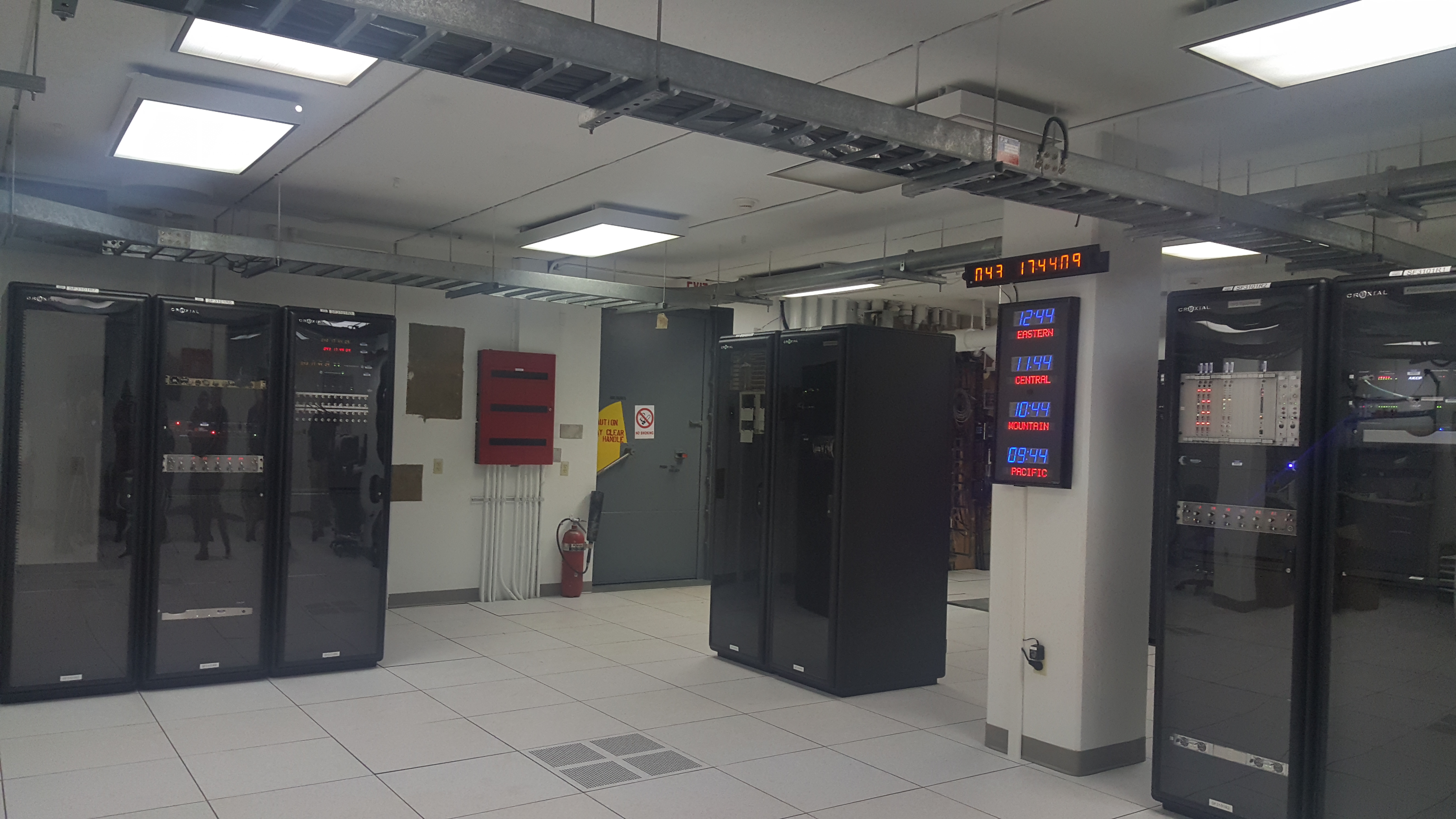
Details about ORS-5 are classified, but mission managers have said that the spacecraft — known as the SensorSat — will help track objects in geosynchronous orbit, which lies about 22,300 miles (36,000 km) above Earth. ORS-5 will scan for orbital debris and test technologies for future space missions, mission officials have said.
Sunday's activities wrapped up in the afternoon, and the news media got a chance to take some photos.
"We were out here to test out our pathfinder operations, to ensure that all requirements were being met for this mission," said Terry Luchi, Orbital ATK's director of Minotaur programs. "It was a very successful effort that could not have been accomplished without all of our partners, including Space Florida, and the U.S. Air Force."
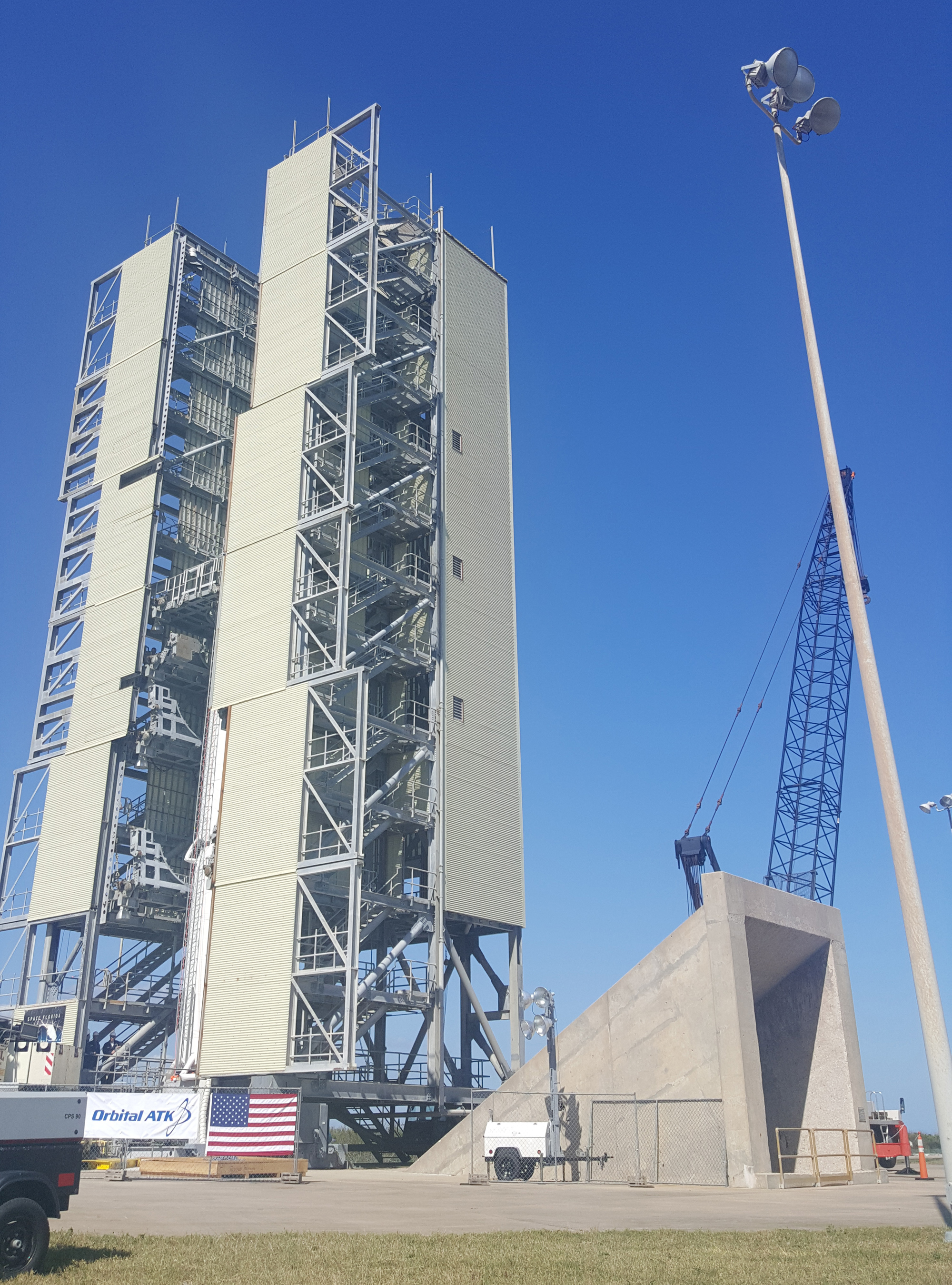
The inert stages will be de-stacked soon, and approximately three weeks before launch, the actual rocket for ORS-5 will be stacked. About 10 days of preflight testing will follow. On July 15, when the Minotaur IV blasts off, 500,000 lbs. (227,000 kilograms) of thrust will propel the 193,000-lb. (87,500 kg), 78-foot-tall (24 meters) rocket into orbit.
After July's expected launch, NASA will use the pad to perform a crucial test of the in-flight abort system of the agency's Orion crew capsule. That next mission, dubbed Ascent Abort 2, is currently targeted for December 2019.
But that's not all: Bontrager said the pad could possibly host more Minotaur missions in the future, as well as a number of small rockets currently in development.
"We see Cape Canaveral as the future center for global space commerce, and this pad could work out very well," Bontrager said.
Follow us @Spacedotcom, Facebook or Google+. Originally published on Space.com.
Join our Space Forums to keep talking space on the latest missions, night sky and more! And if you have a news tip, correction or comment, let us know at: community@space.com.

Amy Thompson is a Florida-based space and science journalist, who joined Space.com as a contributing writer in 2015. She's passionate about all things space and is a huge science and science-fiction geek. Star Wars is her favorite fandom, with that sassy little droid, R2D2 being her favorite. She studied science at the University of Florida, earning a degree in microbiology. Her work has also been published in Newsweek, VICE, Smithsonian, and many more. Now she chases rockets, writing about launches, commercial space, space station science, and everything in between.









